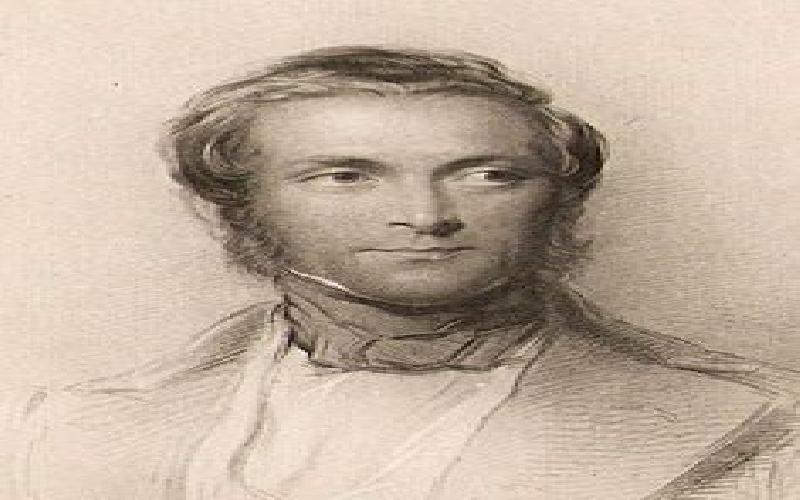Governors- General of British India


Governor Generals were the British statesmen appointed for the governance of India. Later, the titled was changed to Viceroy. Read about the notable governor generals of British India here.
The East India Company brought Bengal under their control after the Battle of Plassey in 1757. With the Regulating Act of 1773, the British Empire removed the company from power and the history of British India commenced then. The Governor of Bengal was given the title of Governor General. The first Governor General was Warren Hastings. With the Charter Law of 1833, the Governor General was instituted with the governance of the whole India. Following the First war of Independence in 1857, the governance of India was brought completely under the control of British Parliament.
Later the title of Governor General was changed to Viceroy. The then Governor General Lord Canning became the first Viceroy of India. Here is a list of notable persons who occupied the position of Governor General till it was renamed Viceroy, with their achievements.
Lord Cornwallis (1786-93)
It was during the tenure of Cornwallis, changes began to be seen in the governance of the East India Company. He tried to annihilate corruption and to make the system transparent. He reformed the law and order system. He established the tax system of Jamindari in Bengal, Orrissa and Bihar.
William Bentick (1828-35)
He was the Governor of Bengal and became the Governor General of India following the Charter Law. He harboured progressive thoughts and implemented many social reforms. He banned Sathi and Child murder. He removed many of the uncivilized methods of punishment. He was also the one to declare English as the official language for communication. He also introduced many financial reforms and showed willingness to appoint Indians in important positions in the government.
Lord Dalhousie (1848-56)
Dalhousie is known as the designer of modern India. He was very feudalistic and skilled in both governance and war strategies. He was the one who oversaw the formation of Indian railway. He introduced currency system and reformed postal system. He validated the marriage of widows and encouraged the education for women. He implemented the law and Wood's Despatch.
Lord Canning (1856-62)
Canning was the last Governor General of India and the first Viceroy. He established universities at Bombay, Calcutta and Madras in 1857. He was Governor General when the First War of Independence took place. He restructured the tax system to regain the money spent to suppress the rebellion. He was the one who introduced Income tax system in India. He also reformed the army. He established High Courts and implemented Indian Penal Code in 1860.
The article compares the beauty of Punakha and Paro in Bhutan. Both the places have their own beauty.
Traveling to a historical site such as a medieval fortress represents a great opportunity for me to immerse myself in the history of that place and to try to imagine to live in such a citadel during its glory days..
Mughal Empire was a Persianate empire which held a powerful reign in India for almost three centuries. Read about the important kings of the empire below..